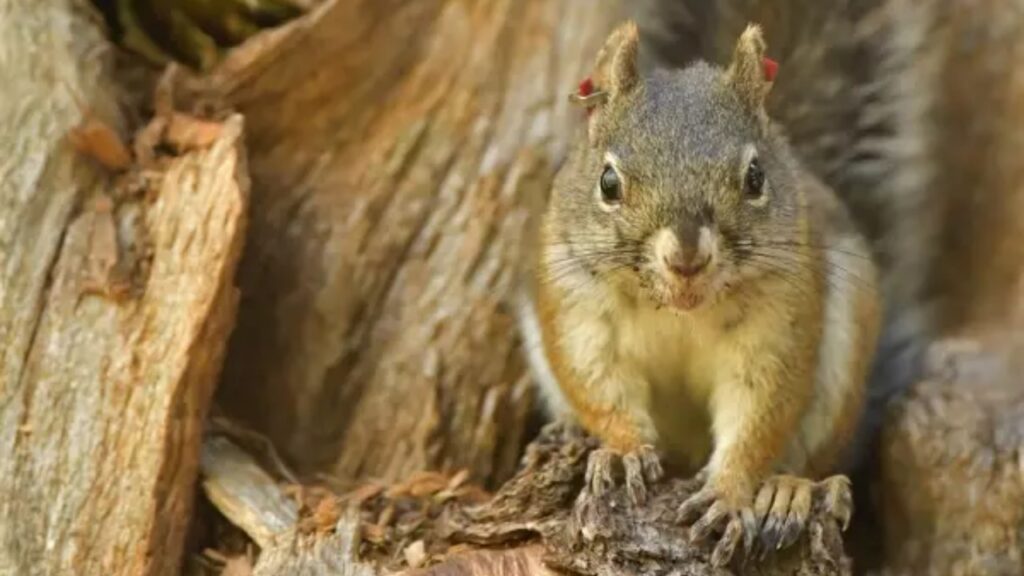NASA’s Juno spacecraft data, combined with historical observations, indicates the absence of a shallow global magma ocean beneath Io’s surface. The findings, published in Nature on December 12, 2024, reshape scientific understanding of the solar system’s most volcanically active body.
Juno, which arrived at Jupiter in 2016 and has completed over 60 orbits, conducted close flybys of Io in December 2023 and February 2024, approaching within 930 miles (1,500 kilometers) of the moon’s surface. The moon’s volcanic activity stems from tidal deformations caused by Jupiter’s gravitational pull during Io’s elliptical orbit, which varies by 2,175 miles (3,500 kilometers).
“Whether there may be some regions of magma deep inside the moon remains to be determined,” report Ryan Park and colleagues in their Nature publication. Their analysis of high-precision Doppler data revealed Io’s predominantly solid mantle structure, contradicting previous theories from NASA’s Galileo mission in the 1990s that suggested a 20-30 miles deep magma ocean.
Similar Posts
Approximately 400 volcanoes currently erupt on Io’s surface, with virtually every square inch covered in lava plains. The absence of a global magma ocean raises questions about the source of this volcanic activity. Scientists must now investigate how localized magma chambers, rather than a continuous liquid layer, fuel these numerous eruptions.
The findings carry implications for understanding similar processes on other moons and planets. The Io-Jupiter system mirrors conditions found in exoplanetary systems with planets orbiting M dwarf stars, suggesting that tidal heating alone may not generate global magma oceans on closely orbiting planets.


















